Table of contents
After all, what is Xangô's day?
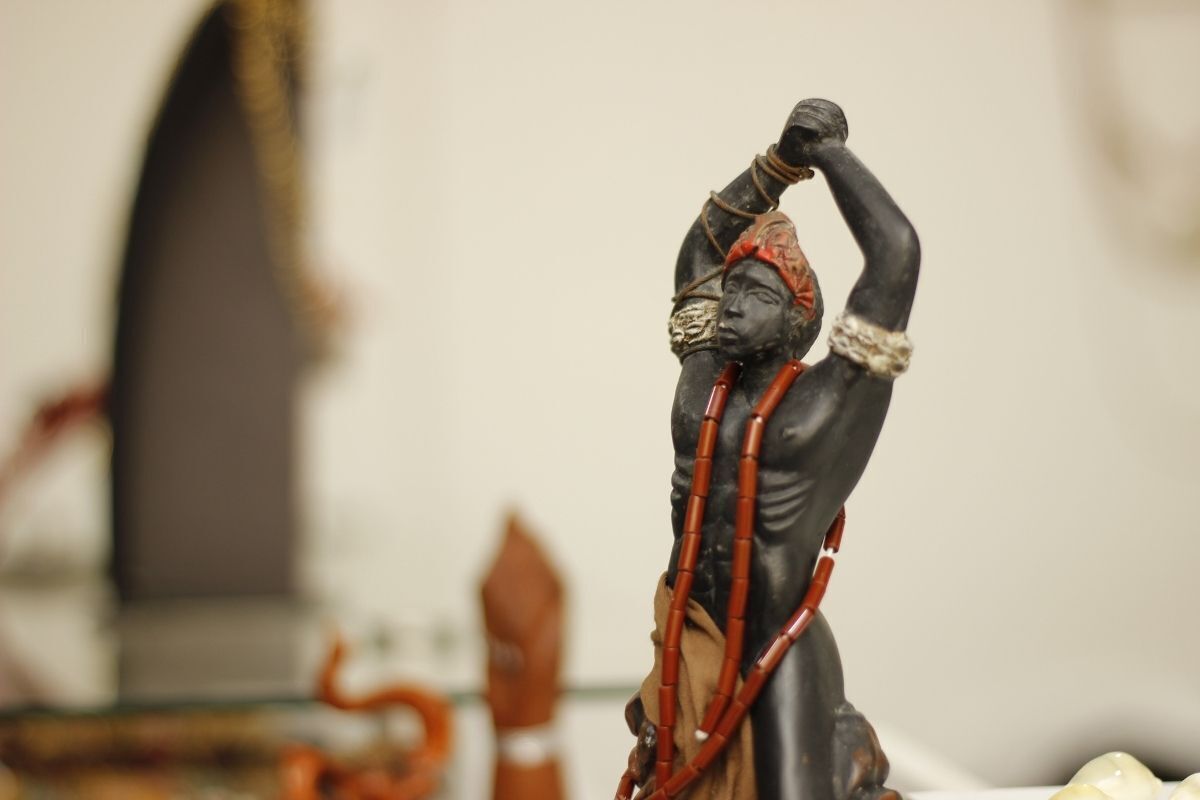
In Umbanda, Xangô, God of Thunder and Justice, is honored annually on September 30th. However, for other religions of African origin, the date changes to June 24th. But there is an explanation. It's because in Umbanda, with religious syncretism, Xangô represents Saint Jerônimo and the day of commemoration of this saint, known as the translator of the Bible into Latin by the Catholic Church, is onSeptember.
Depending on the religious root of the African matrix, there can be up to 12 types of Xangô, as happens, for example, in the Candomblé of Bahia. So, for some of these religions, Saint Jerônimo is Xangô Agodô. For those that honor the Orixá in June, the correspondence in syncretism is Xangô Aganju, represented by Saint John.
Getting to know more about Xangô
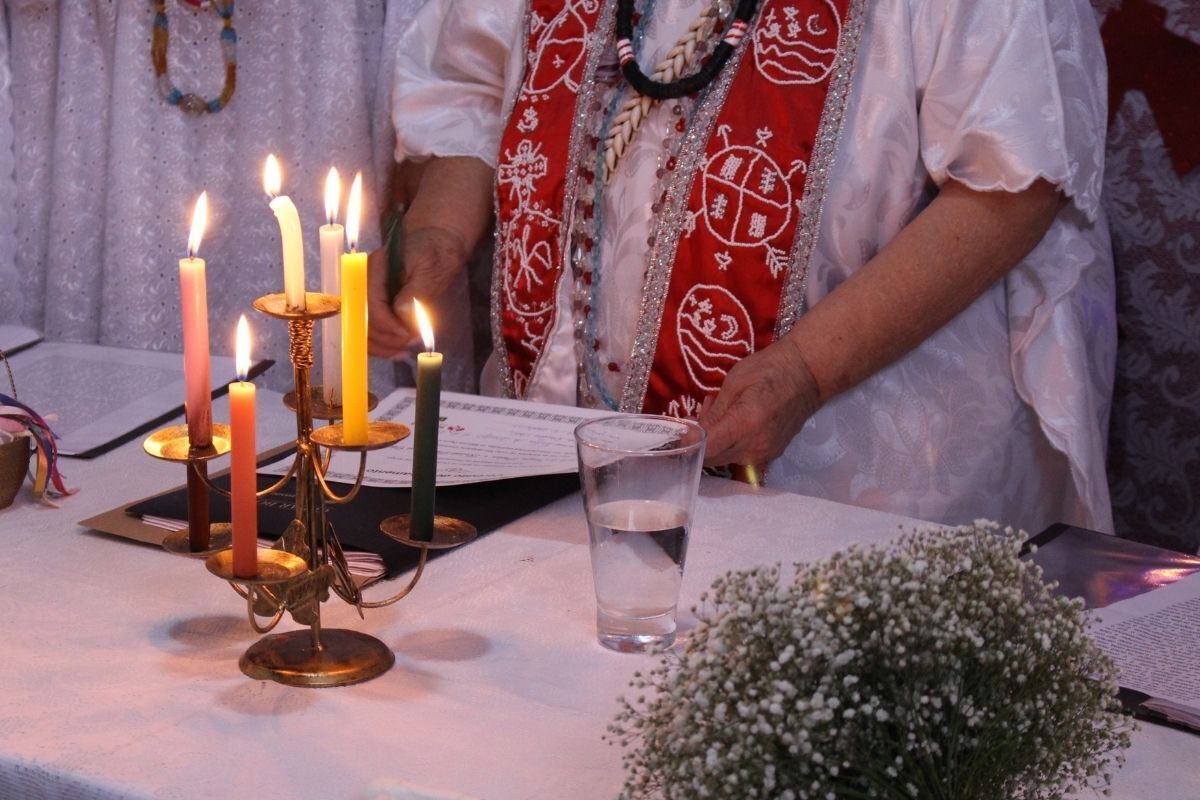
In the religions of African origin, Xangô is the Orixá of justice and judge of the universe. In some of these religions Xangô is recognized as the King of the city of Oyo, an ancient African empire that existed from 1400-1835 B.C. Below is a bit of the history of this powerful Orixá.
Origin of Xangô
Everyone knows that the Orixás were brought to Brazil in the 16th century by Yoruba slaves. It's also no news that the Orixás are ancestors divinized by the adepts of African religions. As there are few records from that time, there are many legends about the true origin of the Orixás.
Legend has it that one of the possible origins of Xangô goes back to the Kingdom of Oio, in the lands of the Yoruba. Legend has it that the Kingdom of Oio was founded by Oraniam, who, during his wars crossed the lands of King Elempê, with whom he made an alliance and married one of his daughters. From this union Xangô was born.
Orixá History
One of the itãs (legends) tells that Xangô inherited the Kingdom of Oió from his father and ruled there for many years. Still according to the legend, Xangô was a strong warrior who dressed in red, the color of fire. Xangô had three wives: Obá, Iansã and Oxum.
According to the legend, Yansã was the true love of Xangô, and to marry her he had to win the war against Ogum. In this war, Ogum presented himself with the sword and armor. Xangô had only a stone in his hand, but the stone had powers that defeated Ogum. And so, Xangô won the eternal love of Yansã.
Visual Features
Very vain, Xangô is always dressed in red, the color of fire.
However, depending on the type of Xangô and the African hue, the Orixá may present himself as a dark-skinned boy wrapped in red robes, in this case representing Saint John.
What does Xangô represent?
If compared to other mythologies, Xangô represents for African religions what Tupã represents for the Tupi Guarani or Zeus for the Greeks. Xangô was also known for his violent and virile character.
Even today, in the ilês all over the world, Xangô is honored with a hot dance, in front of the drums, to the sound of the alujá.
Xangô Syncretism
Religious syncretism, defined as the fusion of one or more religions, arrived in Brazil during colonization and the arrival of slaves. Furthermore, the dominance of the Catholic Church, supported by the Portuguese crown also contributed to the Orixás being represented by Catholic saints.
Because of this syncretism, Xangô can be worshiped as Saint John, Saint Jerome, and Saint Michael the Archangel, depending on the "basin" of the Ilê, that is, depending on the African roots, such as Candomblé, Umbanda, or Nação (African roots, common mainly in the terreiros in Rio Grande do Sul).
Other information about Xangô
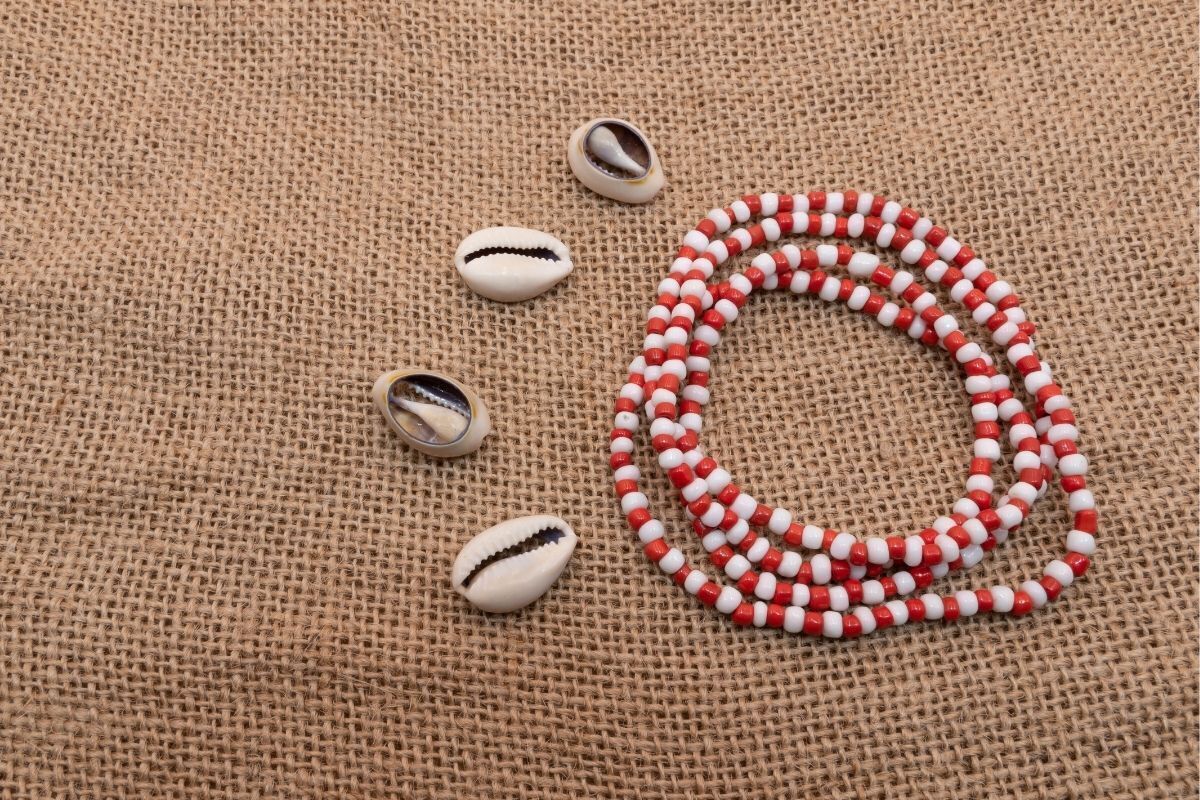
Xangô, besides being the merciless justice of the Universe, is also known as the King of Wisdom. He symbolizes balance and achievements. With his two-faced axe, Xangô protects his children from injustice and is the guardian of the Law of Return. Below you will know what to do to please this Orixá.
Colors
In Umbanda, the colors of Xangô are red and white, but in other strands of the African religions, the Dono do Fogo e da Pedreira can also wear brown or brown and white.
Element
One of the main elements of Xangô is fire, which is why this Orixá is also known as the lord of thunder and lightning. Xangô is also the owner of the quarries, and this connects him to the earth element.
Domain
The dominions of Xangô are in power, wisdom, and justice. Therefore, everything related to these dominions is related to the righteous Orixá. From the ploughing of volcanoes to the lightning and thunder that echo in the sky, Xangô extends his dominion. After all, Xangô is the guardian of the Universal Laws.
Symbols
The Oxé is the main symbol of Xangô. His two-faced axe is a weapon carved from wood, copper, golden brass or bronze. The Oxé symbolizes the warrior spirit of this Orixá.
Candles
Before talking about the candles of Xangô, it is necessary to remember that for the adepts of these religions, candles symbolize the sum of thought, vibration, and fire. For this reason, the candles of the orixás accompany the colors of their clothing. In the case of Xangô, they can be red and white or brown.
Herbs and leaves
Xangô's main leaves and herbs are: lemon, coffee, and fire leaves, while the main herbs are: mint, purple basil, quebra pedra, levante, aroeira, milho-de-cobra, and erva de São João. Nutmeg, pomegranate, jurema preta, hibiscus flower, and mulungu are also on the list.
Food and Beverage
The main food of Xangô, also used in offerings to the Orixá, is Amalá, but the menu of the Lord of Justice also includes ajobó, rabada, acarajé, pepper and white manioc, as well as sheep and turtle meat. Mineral water, coconut water, and black beer are available to drink.
Animals
According to the fundamentals of the African matrix religions, the animals that represent Xangô are the terrapin, the ram, the falcon, the eagle, and the lion. Each one of these animals has to do with the Orixá's abilities. One example is the lion, symbolizing the reign of Xangô.
Quizilas
The quizilas of the Orixás are everything that can cause contrary reactions in the axé. In other words, they are prohibitions that must be respected by the children of the saint. Thus, the children of Xangô must avoid eating okra, rabada, turtle meat or mutton, and shrimp with tails.
How to connect with the Orixá Xangô
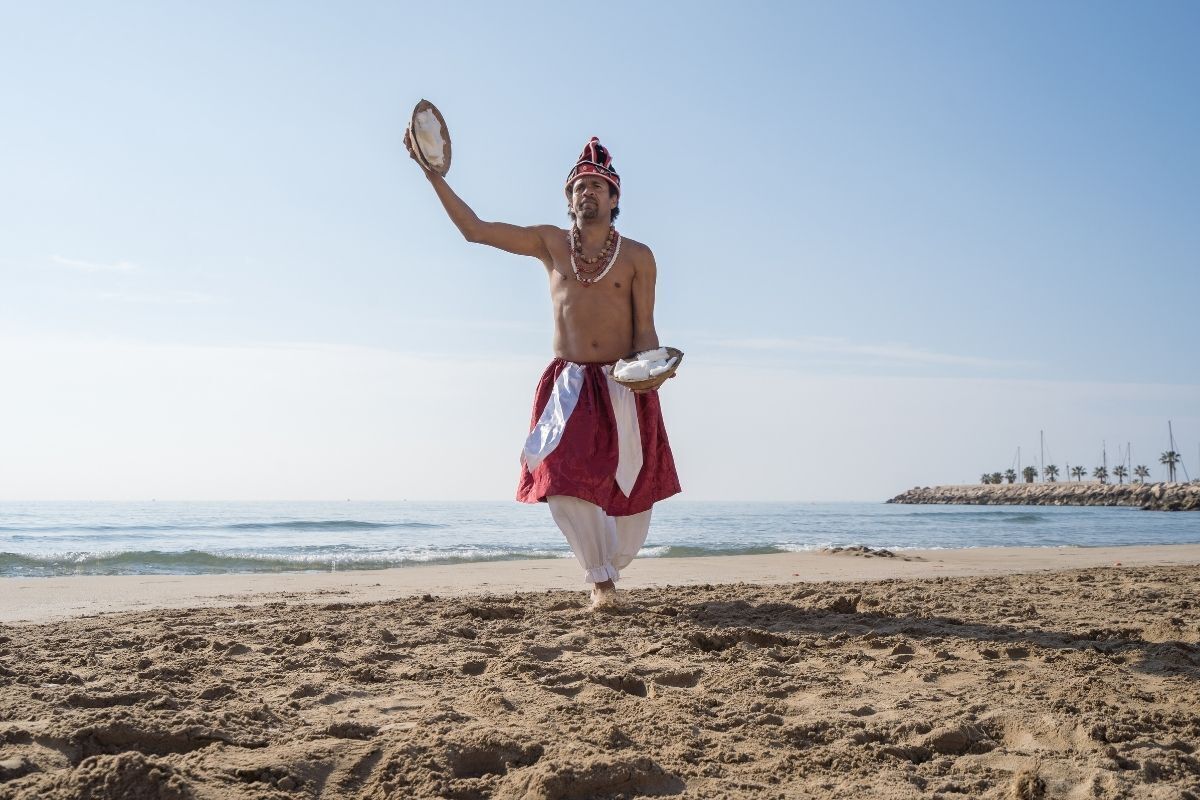
To connect with the Orixá Xangô, you can start the ritual by lighting a red and white or brown candle. You can also wear clothes in these colors. The ritual can be performed on Wednesdays, the day dedicated to the Orixá in Umbanda. Below, learn all about the offerings, baths, and sympathies for Xangô.
Prayer to Xangô
My Father Xangô, You who are the Orixá of Justice, deliver me from all injustices, keep me away from all those who, disguised as friends, wish me harm.
May the Lord guide my steps, so that I act honestly and fairly with those who cross my path. May the Lord bring me the axé and the energy necessary for me to insist on what is good and fair! Grant me for my life what is of Justice and of my deserving. Kaô Kabecilê!
Salutation to Xangô
Whatever the terreiro, from Umbanda to Candomblé, the greeting to Xangô is the same: Kaô Kabecilê! This expression, which means "come greet the king/father", is of Yoruba origin and was brought and perpetuated by Afro-Brazilians and followers of religions of African origin throughout Brazil.
The Kaô Kabecilê greeting also serves as a "call," increasing the vibration of the current to amplify the connection with the Orixá, is to facilitate its incorporation.
Offering to Xangô
If you want to please this powerful Orixá, you have to make an Amalá. Served in a wooden bowl, this offering is composed of okra, manioc flour, dende oil, onions, and bananas. The recipe is simple. Make the manioc flour, season it with onions, pepper, and dende oil, and let it cool.
Then put mustard leaves lining the trough, cut the okra lengthwise, peel the bananas, and decorate the dish. The offering should be left in a quarry, preferably on Wednesday. Don't forget to write your request on white paper and place it inside the Amalá. Also don't forget to light the offering with red, red and white, or brown candles.
Sympathy for Xangô
Now that you know a little more about Xangô, it's time for a super charm to overcome an injustice. Pay attention to the ingredients: you'll need 6 mustard leaves, 6 bananas, 6 pieces of virgin paper, 3 common white candles, 3 common red candles, and dendê oil to sprinkle.
The preparation consists of lining a bowl with mustard leaves with the stalk outwards. Next, peel the bananas halfway and arrange them in a circle in the bowl. Write the name of the person who did the injustice on the papers, place them folded on the bananas and sprinkle them with palm oil. To finish, place candles alternating the colors between the bananas. Place them in a quarry and light themcandles.
Shangô Bath
One of the most powerful baths of Xangô is the bath for prosperity. To make it, you will need two liters of solarized or mineral water, 12 sliced okra, and a glass of wine.
Mash the okra slices with the water and wine. Rub this mixture from head to toe, that is, from the bottom up. While doing so, mentalize your request 12 times. After 6 minutes, take your bath as usual.
Xangô mercilessly controls the forces of the Universe!
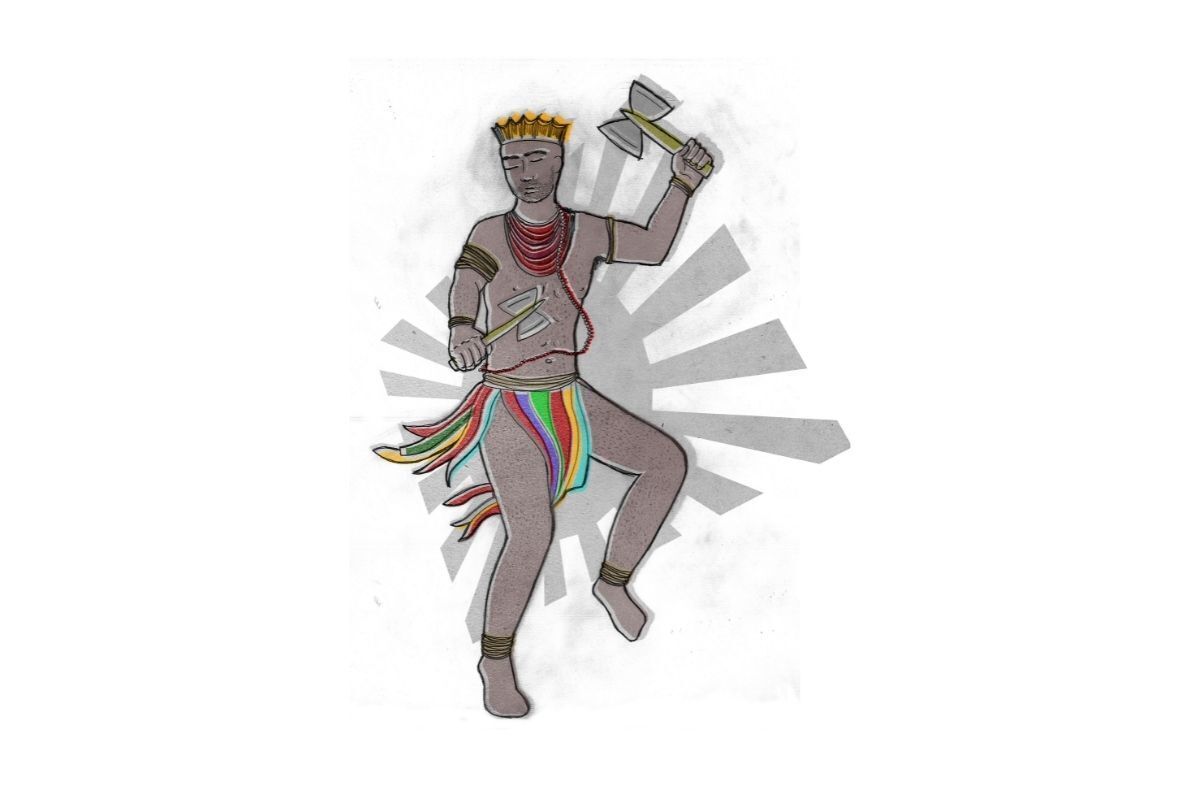
Lord of Justice, Xangô controls the forces of the Universe with his fire, his thunder and his lightning. As we saw in this article, Xangô is the Orixá of karmic justice, here and in all other lives.
So if you need a little strength to solve a lawsuit, realize a project, or find your emotional balance, make an Amala for Xangô, take a bath for prosperity, and say a prayer. If you deserve it, this Orixà will certainly help you.

